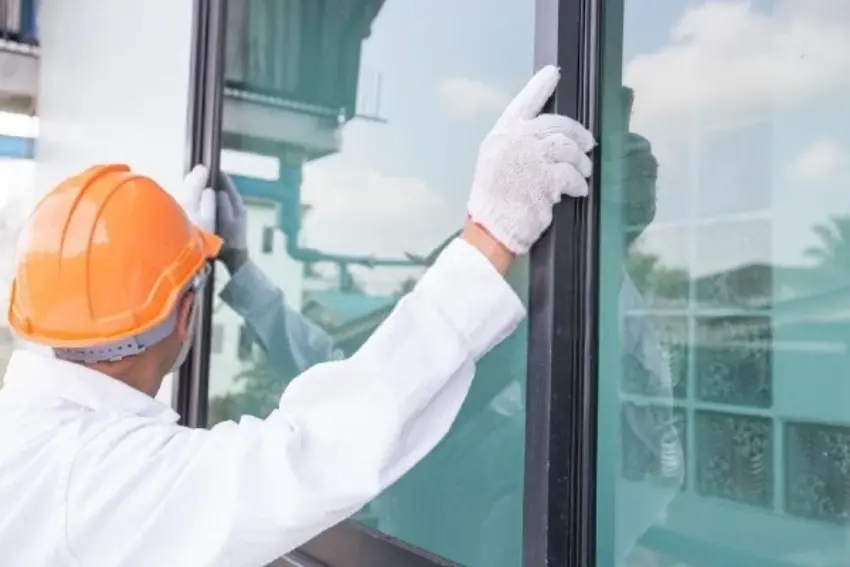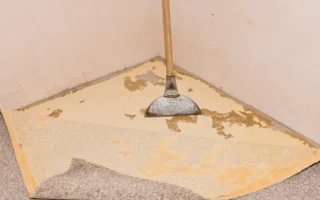Removing glass can be straightforward if approached with care and the right techniques. Always prioritize safety by wearing protective gear, such as gloves and eyewear, to shield yourself from potential injuries. Remember that sharp edges can easily cause cuts. When you follow the appropriate methods and utilize the necessary tools, glass removal becomes manageable. Whether replacing broken windows or working on DIY projects involving mirrors or picture frames, understanding common challenges will help ease your process. Be sure to seek assistance when dealing with stubborn glass pieces – alternative techniques are available. Keeping a cool head during this task is essential; rushed movements often lead to accidents.
The importance of safely removing glass

Removing glass safely is crucial for protecting yourself and others around you. Broken glass can cause serious injuries, from cuts to puncture wounds that may require medical attention. A single shard can lead to a trip to the emergency room. Ensuring your environment is free of broken pieces prevents accidents down the line. Children and pets are especially vulnerable, as they may not recognize potential dangers. Taking a moment to think through the removal process pays off in peace of mind later on. Proper safety measures reduce risks significantly and create a safer space for everyone. Understanding how to handle glass correctly also minimizes stress during cleanup. Knowing what steps to take allows you to act swiftly without panicking over sharp edges or scattered fragments. Prioritizing safety when removing glass sets the tone for responsible handling of fragile materials.
Common methods of glass removal
Several methods can be effective when removing glass, depending on the situation. One common approach is using a putty knife or flathead screwdriver to gently pry small pieces of broken glass from surfaces like countertops or floors. For larger panes, scoring the glass with a glass cutter can create a line for easier breaking. Just tap along the scoreline and apply pressure until it gives way. When working with window frames, carefully unscrewing any fasteners is essential. Always check for hidden screws that might not be immediately visible. Heat can help loosen adhesive bonds in tempered glass installations. A heat gun set to low can soften adhesives without damaging adjacent materials.
Tools needed for removing the glass

When removing glass, having the right tools can make all the difference. A utility knife is essential for scoring large sheets before you break them down into manageable pieces. The best way to protect your hands from sharp edges is to wear gloves. Choose a sturdy pair made of cut-resistant material to ensure safety during the process. A flathead screwdriver can help pry apart stubborn sections or disconnect framed glass. For thicker panes, consider using a suction cup tool; it provides better grip and control while lifting. Keep a dustpan handy to collect small shards easily.
Step-by-step guide on how to remove glass easily
Start by gathering your tools. You’ll need safety gloves, goggles, a sturdy trash bag, and a putty knife or flathead screwdriver.
Ensure the area is clear of any obstacles. This reduces the risk of injury during removal. If the glass is part of a frame or window, carefully pry it out using the putty knife to loosen any adhesive or paint holding it.
Once you can access the edges, gently apply pressure to break any seals around them. If you’re dealing with shattered glass pieces scattered on surfaces, use thick gloves and pick up larger shards first before sweeping smaller fragments into your trash bag.
Always dispose of glass securely. Wrap each piece in newspaper for added protection before placing it in your bin. Clean up thoroughly afterward to avoid leaving behind tiny slivers that can cause later injuries.
Tips for preventing injuries during the process

When removing glass, safety should always be your top priority. Start by wearing thick gloves to protect your hands from sharp edges. It is important to choose a pair that fits well and offers good grip. Using safety goggles as shards can fly unexpectedly. Protecting your eyes is essential when working with fragile materials. Organize your workspace by clearing it of clutter. A tidy area minimizes distractions and reduces the risk of accidents while handling glass pieces. Use proper lifting techniques if you have larger sections of glass. Bend at the knees rather than the waist to avoid straining yourself. If you have broken glass, have a vacuum or broom on hand for easy cleanup after removal. This helps eliminate lingering hazards in the area, keeping it safe for everyone involved.
Alternative methods for removing stubborn glass
When traditional methods fail, there are creative alternatives for tackling stubborn glass. One approach is using heat. A heat gun can soften adhesives, making prying the glass away from surfaces easier. Another option involves employing a vacuum suction cup. These handy tools create a strong grip on flat surfaces and can be surprisingly effective in lifting stubborn pieces without causing damage. If you’re with small shards embedded in other materials, consider using a combination of adhesive tape and tweezers. Pressing tape over the area helps lift tiny pieces while providing extra safety against cuts. For those particularly tough spots, try applying rubbing alcohol or vinegar to loosen any residual adhesive or caulking before attempting removal again. This tactic often breaks down bonds that hold the glass securely in place.




